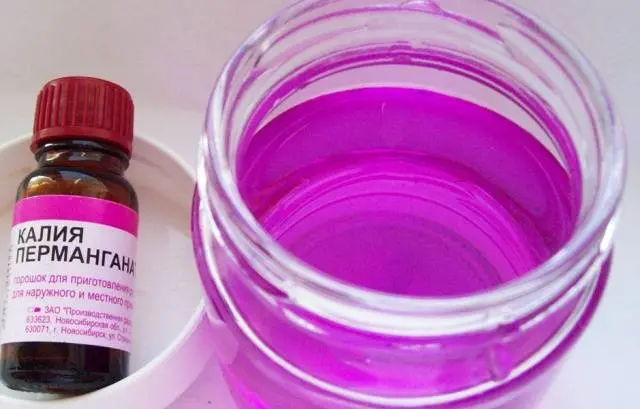Contents
One of the unique and new varieties of radish is Duro Krasnodar. It is characterized large, tasty root crops and high commercial quality. Some gardeners plant it several times a season, and the resulting crop is successfully sold. Radishes are eaten raw, added to appetizers and salads.
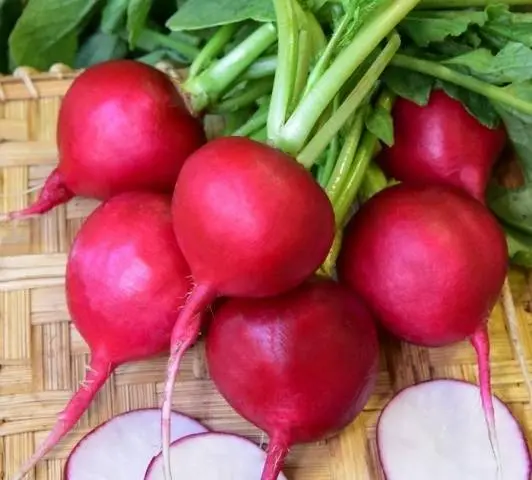
Description
Duro Krasnodar – high-yielding, mid-season and a versatile variety of radish. From the moment the sprouts appear to the harvest, 25-28 days pass. Seedlings are uniform, friendly. The variety is characterized by the formation of large root crops, medium whose weight is 30-40 g, and the diameter reaches 8-9 cm.
The fruits have a spherical shape, a smooth surface and a thin skin of bright red color with a light tail. The pulp is white, has a juicy and crunchy texture. To the touch, the radish is dense and elastic. The taste is fresh, spicy-sweet. The tops are bright green, grows up to 20-25 cm.
From one square meter, gardeners harvest an average of 2,8-3,5 kg of crop. Duro radish can keep in the refrigerator for about 25 dayswithout losing their taste and external qualities.
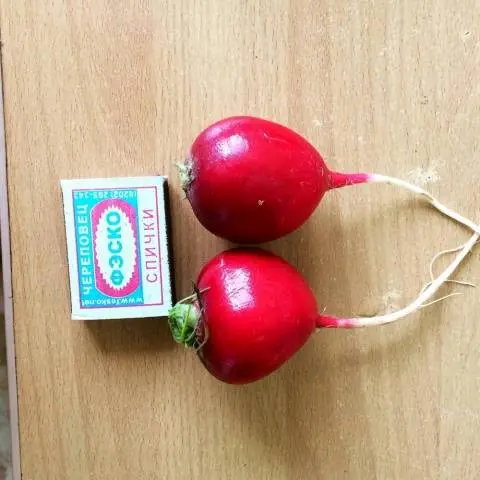
Advantages and disadvantages
Radish Duro Krasnodar is very popular with gardeners, as it has a number of positive aspects:
- high yield;
- large size;
- pleasant and delicate taste;
- excellent appearance;
- unpretentiousness to the soil;
- resistance to cracking of root crops;
- different uniform seedlings and friendly ripening of radish;
- the variety is not prone to coloring and shooting.
A distinctive feature is that radishes can be cultivated throughout the season (from late February to October). No significant deficiencies were identified.
Preparing the seeds for planting
To get a rich harvest of Duro Krasnodar radish, it is recommended to pre-prepare planting material. To do this, perform the following steps:
- seed calibrate, choose large and high-quality.
- Planting material is placed into a damp cloth for a day. Sometimes, for hardening, the seeds are put in the refrigerator for several hours.
- For disinfection, the seeds are kept in a weak solution of potassium permanganate for about 12 hours.

After water procedures, the seeds must be dried. Processing of planting material is carried out immediately before planting the soil.
Peculiarities of growing
Radish variety Duro Krasnodar prefers sunny areas with light soil. Rotted manure is applied to the bed at the rate of 2 kg per square meter. Poor soil is enriched with mineral fertilizers. If the earth is heavy, sand or peat is added to it. The acidity of the soil should be at the level of 5,5-7.
Radish feels comfortable next to the plantings of strawberries, cabbage, tomatoes, beets, spinach and legumes. It is undesirable to plant it near cucumbers and onions. Bad predecessors of radishes are cruciferous.
In open ground
The first plantings of Duro Krasnodarskoe radish in open ground are produced in the second half of April. Sowing dates vary depending on the region of cultivation. The snow should melt by this time, and the soil should warm up. The optimum air temperature is from +15 to +20 degrees.
On the prepared beds, grooves are formed with a depth of 1,5 – 2 cm with an interval of 6-7 cm. Radish seeds are sown at a distance of 4-5 cm. It is not recommended to thicken plantings, otherwise, the seedlings will have to be thinned out. The recesses are covered with earth and the bed is covered with a film. In order for the vegetable to be large and not bitter, it needs to be watered every 2-3 days. If the weather is hot and dry, we irrigate the plant every day.
In the greenhouse
In a greenhouse or in a greenhouse, radishes can be plant in March. Therefore, the harvest will be able to get a little earlier. Planting a root crop begins when the earth warms up to + 3 + 4 degrees. But before that, the greenhouse is disinfected from possible diseases and pests.
Seeds are planted to a depth of about 1 cm at a distance of 3-4 cm. The interval between rows should be at least 7-9 cm. Experienced gardeners use egg packaging to plant vegetables. Egg cells are pressed into the prepared bed. The result is evenly distributed wells. After planting the Duro Krasnodar radish, the bed is mulched with peat or humus.
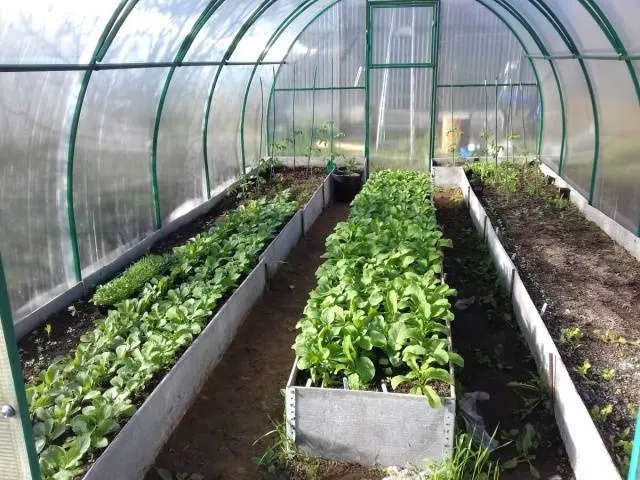
Growing problems
Despite the fact that the radish of this variety is easy to care for, some vegetable growers make a number of mistakes.
The table describes the problems that may arise when growing Duro Krasnodarskoe radish and the possible causes of their occurrence.
Problems | Causes |
The seeds don’t germinate. | Poor quality seeds. Planting material rotted, as the sowing was carried out in cold and damp soil. |
The root crop is not formed. | The soil lacks potassium. The bed is located in the shade. Thick crops. |
The fruits are hollow and tasteless. | Too much fertilizer, especially nitrogen. Lack of moisture. Deep landing. |
The radish is bitter and bursting. | Lack of moisture. Abundant watering after a long drought. |
The plant blooms and goes to the arrow. | Hot and dry weather. Damaged roots. old seeds. |
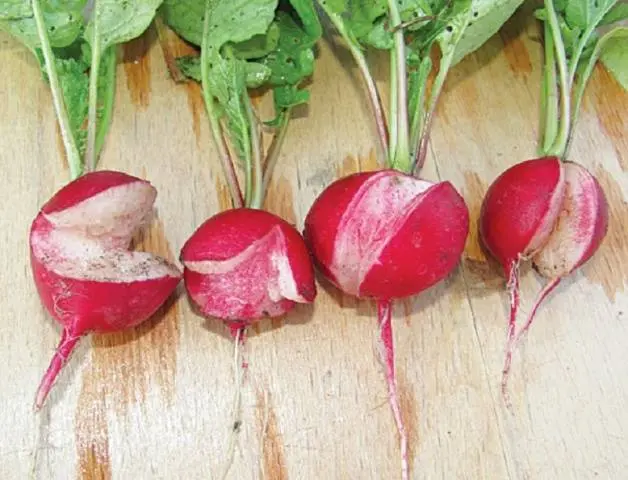
Diseases and pests
Radish Duro Krasnodar has high resistance to many diseases. But if the rules of agricultural technology are violated, the plant weakens, and pathogenic microorganisms become more active.
Detailed description major diseases of radish this variety is shown in the table.
Disease/Pests | Signs of plant damage | Methods of treatment / prevention |
Mučnistaâ rosa | The leaves are covered with bloom, which turns brown over time. The top is drying up. | Spraying plantings with Bordeaux mixture or Ditan M. |
Blackleg | The base of the petiole becomes black. The leaves are deformed and blacken. | In 10 liters, 25 g of copper sulfate and 40 g of laundry soap are diluted. The resulting solution is sprayed with radishes. To prevent infection, the seeds are soaked in a weak solution of manganese. |
pounds | The appearance of rounded growths on root crops, rotting of the roots, withering of the tops. | Watering plants with lime milk (dilute 2 cups of lime in 10 liters of water). For prevention, we add ash to the soil. |
Root blackening | On the roots are formed gray spots with a blue tint. | Destruction of diseased plants. We disinfect the soil with a solution of potassium permanganate. |
White rust (white) | The leaves turn white, then turn brown and dry. | Spraying radishes with fungicides. Ditan M. has proven himself well. Cleaning the garden from diseased plants. |
Vascular bacteriosis | The veins on the leaves darken, the tops turn yellow and fade. | Planting treatment with Planriz. Plant residues are burned in autumn. |
Conclusion
It is not difficult to grow Duro Krasnodarskoe radish on your site. This variety is grown both in greenhouses and in open ground throughout the season. A rich harvest can be obtained with a minimum investment of time and money.










